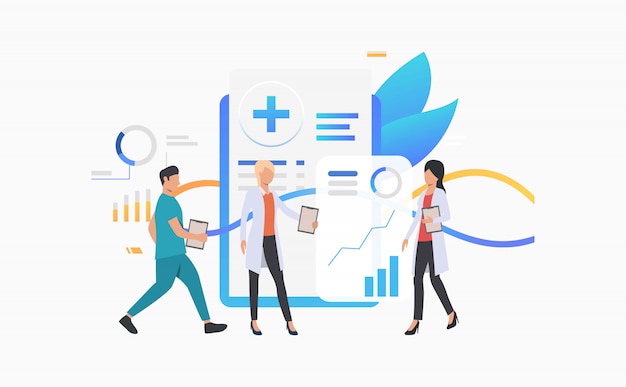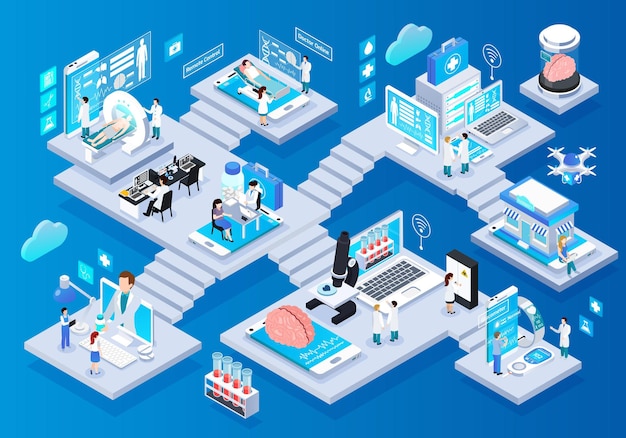The pandemic of 2020 created a huge impact in every industry, especially healthcare. Digital work structures became a vital need, and every UX design agency felt the pressure to keep up with the burst in demand. Whether it’s for devices or software, it’s clear that the health industry must improve UX and usability testing more than ever.
COVID-19 and the Future
In the heat of global lockdowns, South Korea created a mantra for their general COVID-19 response: test, trace, and treat. The method proved effective for the country, as it has repeatedly curbed waves of infection surges. Test, trace, and treat is a good example of a pattern for healthcare providers to contain infectious diseases in the future. However, as the method will make heavy use of healthcare devices and software, the need to employ usability testing service also increases.
An essential part in addressing this need is user experience consulting. Health workers and frontline teams should be the target users and their insight will be valuable in designing devices and associated software.
Improving Healthcare with UX tools
Creating devices and apps for healthcare means constructing them for use by people and for people. To successfully mitigate any risks and cover all possible “what if” scenarios, in-depth user research must become Step 1 of the creation process.
Essential services also need easy-to-use interfaces. In the world of saving lives, devices and apps are everyday tools and so it is important that their usability fits both user and patient comfortably. Today’s designers follow a modern approach using principles like Hick’s Law and Miller’s Law, which focus on streamlining not just visuals but also information flow. The task is simple, after all: make the best decision in the least time possible.
Don Norman, considered the founding father of UX and user-centered design said it best: ”The most important thing about an everyday thing is how well it serves the user, not its ornamental value (i.e. form follows function).”
The Human Factor in Operation and Purpose
As early as 2014, studies show that small, technical errors that confuse either patients or healthcare workers significantly affect outcomes or decisions (in the case of the study, selecting healthcare plans). Usability problems such as site or portal freezing, involuntary exits, and conflicting information highly affect user experience. Another study from John Hopkins University in the US reveals 15% of fatalities due to medical errors were connected to user interface-related concerns.
In a post-coronavirus world, usability issues would entail risks and may even affect critical operations in hospitals. Standards such as the IEC 62366-1:2015 for usability engineering are now adopting stricter measures, and continue to be required in all devices and applications. Validation of compliance to these measures will ensure that designers and developers meet the user experience requirements set by the medical community.
The Future of Treatment with Mobile and Wearable Technology
One of the most exciting frontiers of UX and usability testing for healthcare is in wearable devices. Software such as chatbots, is now also being tapped in various stages of design. These two innovations now empower users in other fields and would surely provide an extra layer of interactivity and comfort for both patients and medical personnel thanks to the prevalence of mobile phones and wearables.
The tactile effect of wearable technology in healthcare gives UX designers a new playground to build their ideas on. From smartwatches to personal health assistants, new developments such as “smart fabrics” are being fitted with electronics and interfaces to personalize monitoring and treatment. On the software side, AI-driven information collection and active communication (e.g. chatbots, voice-based commands) are becoming essential components in wearables, too.
However, methodologies to gauge their engagement effectiveness are still not mature. According to findings from a study by ResearchGate, at least for chatbots – they may require newer methods and metrics for UX design and usability.
Conclusion
The advancement of healthcare is an apparent need in the decade following the pandemic of 2020. From governments to organizations, everyone is turning to the expertise of design agencies to fine-tune devices and applications that can benefit users and make saving lives easier.
One such firm is User Experience Researchers group, a UI/UX design agency in Singapore. We specialize in usability testing, design and development, and even market research for various industries. For more information, you can reach out to us via https://www.user.com.sg/contact/.




